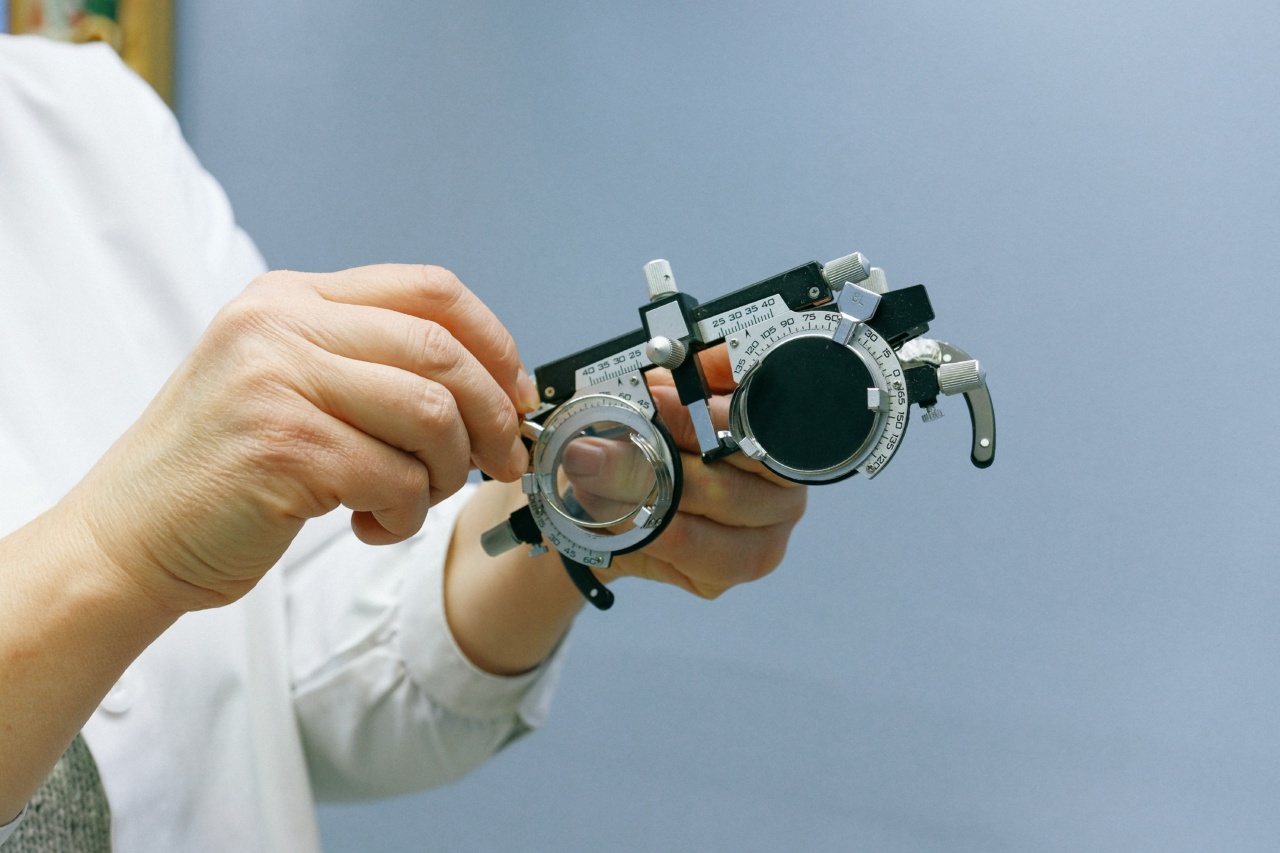Alzheimer’s disease is a progressive brain disorder that affects millions of people worldwide. It is characterized by memory loss, cognitive decline, and behavioral changes.
Early detection of Alzheimer’s is crucial for effective treatment and management of the disease. In this article, we will discuss a test that can help in the early detection of Alzheimer’s and the importance of early intervention.
What is Alzheimer’s Disease?
Alzheimer’s disease is the most common form of dementia, accounting for approximately 60-80% of all dementia cases. It primarily affects older adults and is more common in individuals over the age of 65.
The exact cause of Alzheimer’s is still unknown, but it is believed to be a combination of genetic, lifestyle, and environmental factors.
The Importance of Early Detection
Early detection of Alzheimer’s disease can significantly impact the lives of individuals and their families.
It allows for timely intervention, access to treatments that may slow down the progression of the disease, and the opportunity to plan for future care. Early detection also provides an opportunity to participate in clinical trials and research studies aimed at finding a cure for Alzheimer’s.
Memory Tests for Early Detection
Various memory tests can help in the early detection of Alzheimer’s disease. These tests assess an individual’s cognitive abilities, memory, and executive functions. One such test commonly used is the Mini-Mental State Examination (MMSE).
This test measures orientation, memory, attention, and language skills. Another widely used test is the Montreal Cognitive Assessment (MoCA), which assesses several cognitive domains, including attention, memory, and language.
The Self-Administered Gerocognitive Exam (SAGE)
The Self-Administered Gerocognitive Exam (SAGE) is a simple and effective tool for the early detection of Alzheimer’s disease. It is a pen-and-paper test that can be easily completed by individuals at home.
The SAGE test assesses memory, problem-solving abilities, language skills, and other cognitive functions.
How the SAGE Test Works
The SAGE test consists of various questions and tasks that assess different cognitive abilities. It includes questions about the individual’s medical history, mood, and everyday activities. It also includes drawing tasks and memory recall exercises.
The test typically takes around 15 minutes to complete.
Interpreting the SAGE Test Results
Once the individual completes the SAGE test, the results can be interpreted by a healthcare professional. The test score is compared to a normative database, considering the individual’s age, education, and other factors.
A lower than average score may indicate cognitive impairment, including early signs of Alzheimer’s disease.
However, it is important to note that the SAGE test is not a definitive diagnostic tool but rather a screening measure.
A low SAGE score should prompt further evaluation and comprehensive assessment by a qualified healthcare professional to confirm the diagnosis.
Benefits of the SAGE Test for Early Detection
The SAGE test offers several benefits for early detection of Alzheimer’s:.
- Accessibility: The SAGE test can be easily completed at home without the need for specialized equipment or extensive training.
- Cost-effective: The test is inexpensive and readily available, making it accessible to a wide range of individuals.
- Convenience: Individuals can take the test at their own pace and comfort, reducing any potential anxiety or stress associated with in-person testing.
- Early intervention: Early detection allows for timely intervention, which can include lifestyle modifications, medication, and access to support services.
- Peace of mind: The test can provide reassurance to individuals who may have concerns about their cognitive abilities or help identify potential areas for improvement.
Other Approaches to Early Detection
In addition to the SAGE test, there are other approaches and biomarkers used for the early detection of Alzheimer’s disease. These include:.
- Brain imaging: Techniques such as magnetic resonance imaging (MRI) and positron emission tomography (PET) can detect brain changes associated with Alzheimer’s disease.
- Blood tests: Researchers are working on developing blood tests that can detect certain biomarkers associated with Alzheimer’s, providing a non-invasive and accessible method of early detection.
- Cerebrospinal fluid analysis: Analyzing cerebrospinal fluid for specific biomarkers related to Alzheimer’s disease can provide insights into the presence of the disease.
The Future of Early Detection
Advancements in technology and research hold promise for improving early detection of Alzheimer’s disease.
As our understanding of the disease expands, new tests and approaches may emerge, offering even more accurate and accessible options for early detection.
Conclusion
Early detection of Alzheimer’s disease is essential for effective management and treatment. The SAGE test, along with other memory tests and biomarkers, can help identify early signs of cognitive impairment.
It is important to consult with healthcare professionals for a comprehensive assessment and diagnosis. Early detection empowers individuals and families to make informed decisions about treatment, care, and participation in research studies.



























